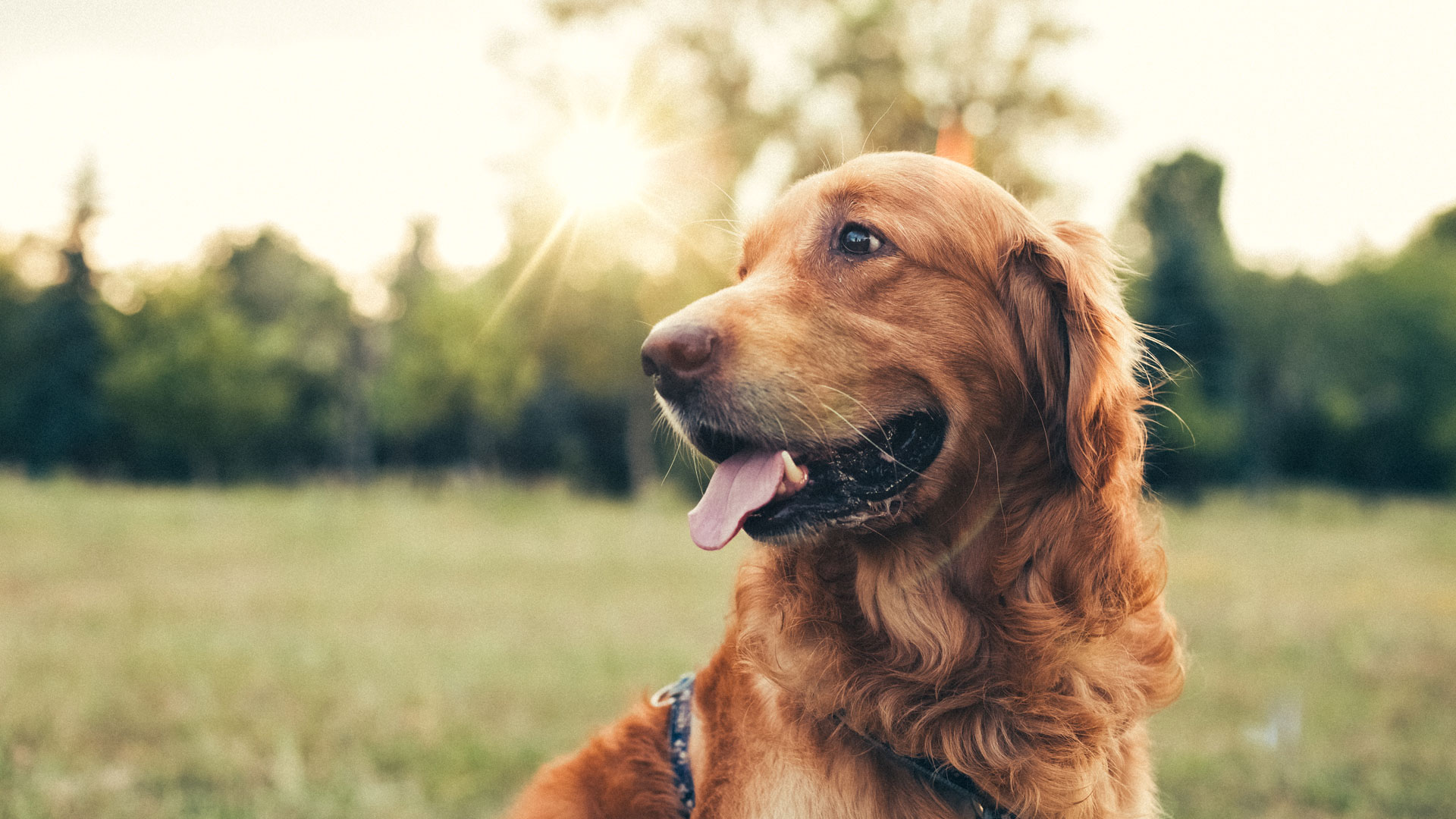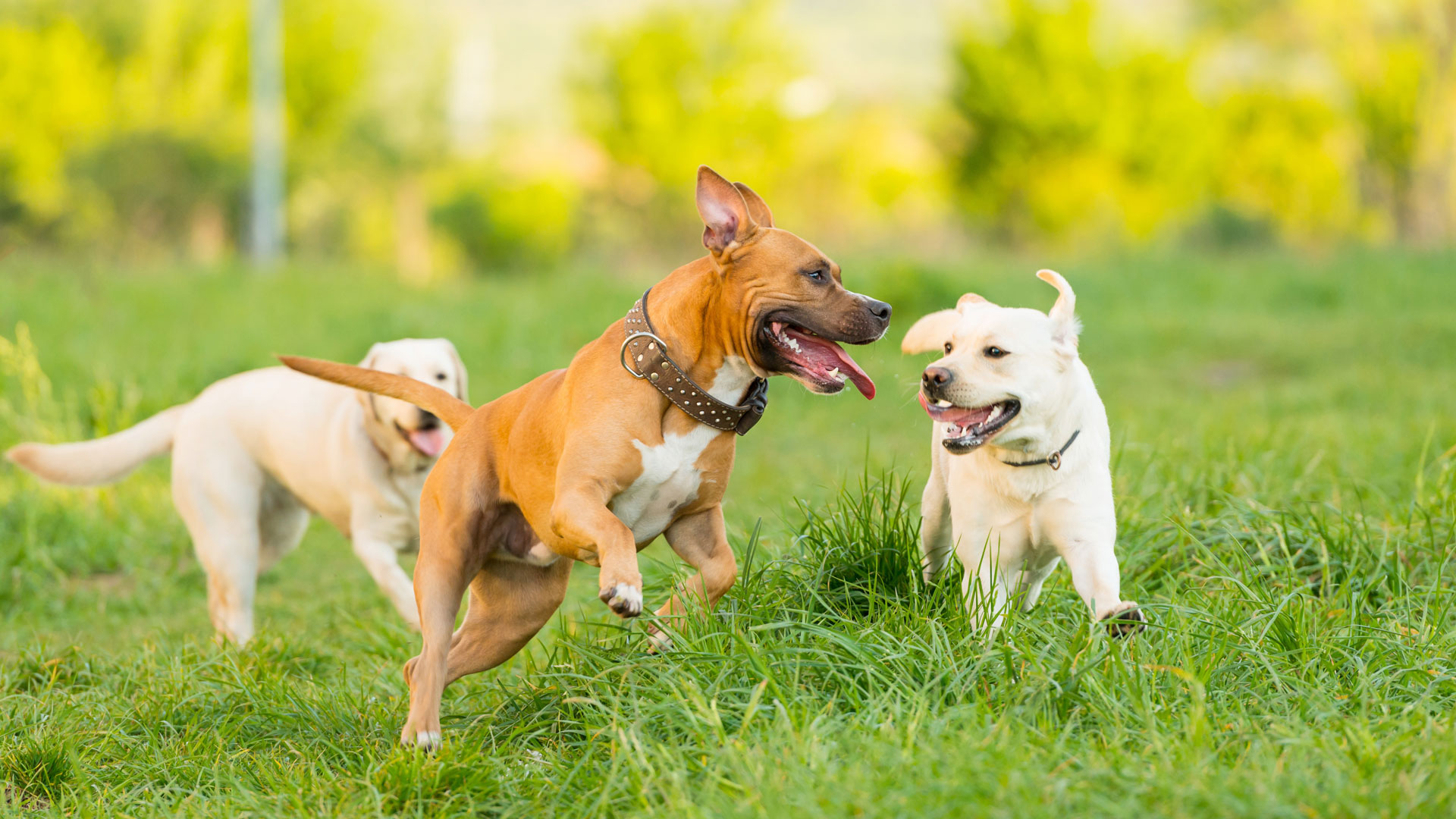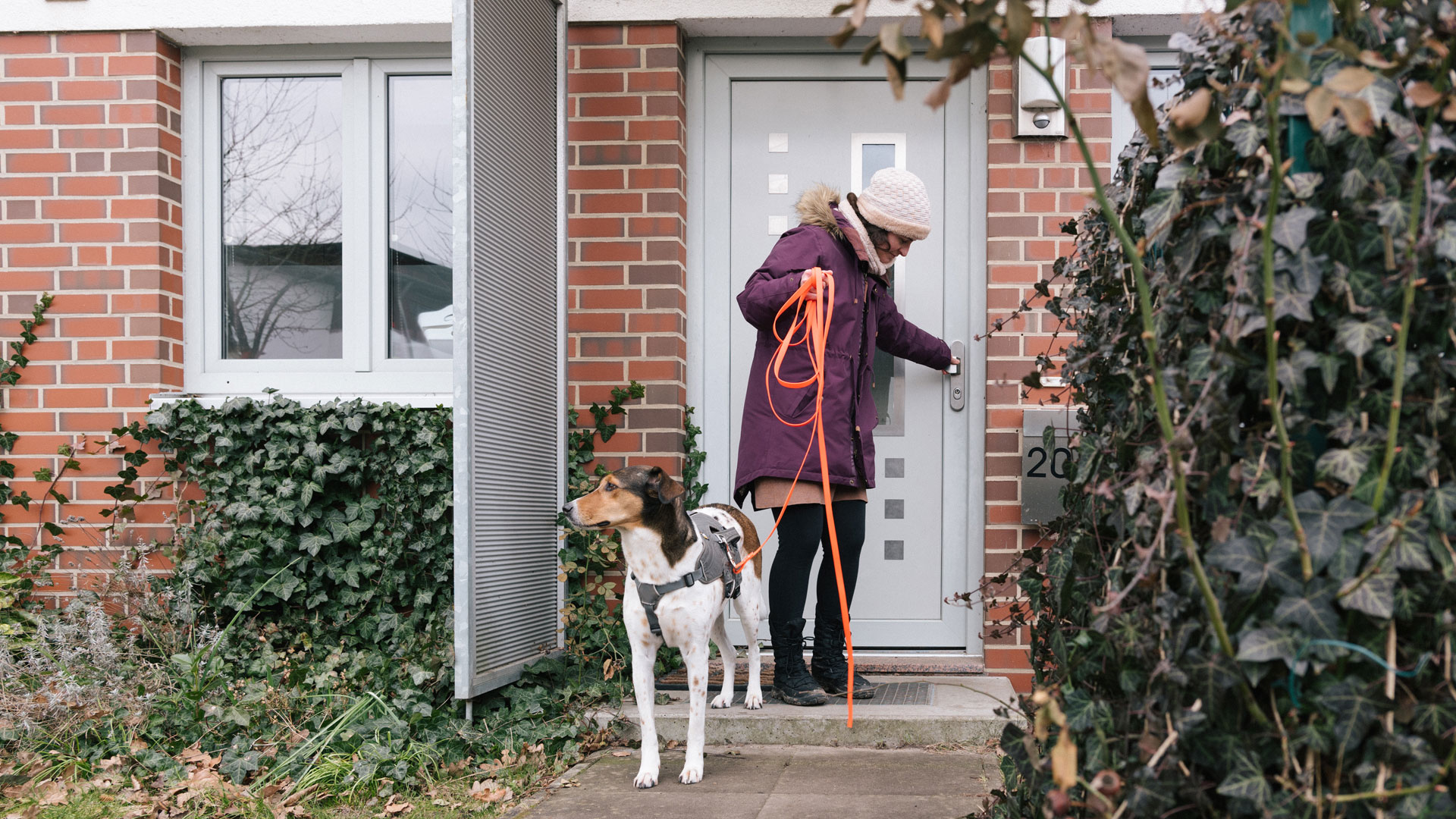Three reasons why your dog’s recall isn’t reliable (and what you can do about it)
Wondering why your dog won’t come back to you when you call it? Here are three reasons why it could be happening

One of the most important commands to teach your dog is a really strong recall – but it can also be one of the most challenging things to teach as well. After all, it can be hard to compete with super fun distractions such as dogs, squirrels, and fantastic smells – even if you have a pocket filled with chicken or the best dog treats. If you’ve been left red-faced after an embarrassing encounter at the park, then you might be wondering why your dog won’t recall to you consistently.
Luckily, professional dog trainer Lara Sorisi has broken down the three most common ways that she sees recalls being ruined. From letting your dog self-reward its distance from you by sniffing a particularly smelly patch of grass, to being on your phone too much during a dog walk, these are all relatively small changes that can be made to both improve your dog’s recall and your relationship with them too.
Three ways you could be impacting your dog's recall
1. Letting your ‘dog be a dog’
While we’re not suggesting that every minute of your dog’s day should be highly structured, providing some basic framework for your dog’s walks can actually provide a massive benefit to both you and your pup.
Lara Sorisi, an APDT-certified dog trainer and championship gundog trainer, says, “One of the most common ways that owners can ruin their dog’s recall is by allowing them to do whatever they want on their walk. Many people tell me that they’re letting their ‘dog be a dog’. However, they’re actually teaching their dog to stay away from them by letting it self-reward and self-reinforce.
“Dogs are designed to work and exist alongside humans, especially if they’re working breeds. Most breeds actually want you to engage with them on walks, but if you don’t then they’re going to find that entertainment elsewhere. If you allow them to mess around, then you’re teaching them that it’s acceptable.”
You essentially want your dog to think that you are the most exciting, most fantastic thing in its environment – whether you’re at home on the couch, or you’re in the middle of a field with lots of incredible smells and dogs running around in the distance. Obviously, one of these environments is more distracting than the other, so you’ve got to be able to provide enough motivation for your dog to stay near you – and then enforce the behavior by practicing it as much as possible.

2. Letting your dog interact with distractions
While tempting smells can be more than enough to make some dogs’ recall a little shaky, a more tangible distraction such as another dog or an errant squirrel can sometimes prove disastrous. Lara advises, “Another highly effective way to ruin a dog’s recall is by allowing it to interact with exciting distractions. If your dog meets every other dog that it sees out on a walk, then a dog in the distance will become a trigger for them to run off to see them. In a similar vein, allowing dogs to hunt wildlife freely and chase them will also harm their engagement with you. “
PetsRadar Newsletter
Get the best advice, tips and top tech for your beloved Pets
It’s important not to let your dog loose around other dogs or wildlife until you’re 100% confident in their ability to recall to you in all situations. Using a long line is a great halfway house between ensuring you have control over your dog while still giving them plenty of freedom.

3. Not paying enough attention to your dog
We’ve all been there – you’ve had a tough day at work, it’s raining and all you want to do is curl up on the sofa and watch TV. However, your dog needs a walk, so you take them for a mandatory trudge around the block. While it’s understandable that you can’t put 110% of your effort into every dog walk, being consistent with your training will definitely pay off in the long run.
Lara says, “I hate to say it, but many people aren’t putting in enough effort into their dog walks. I see so many people on their phones during a dog walk rather than taking the time to train their dog. Additionally, while it’s nice to catch up with friends, I’d also recommend doing plenty of one-on-one walks with your dog rather than constantly walking with other people.
“Ultimately, many people aren’t putting in strong enough foundations with their recall work. They don’t consistently train their dog through their developmental stages and they don’t proof their recall around enough distractions. Unfortunately, this can set their dogs up for failure if the owner trusts their dogs’ recall too early.”
How to teach a strong recall
We all want our dogs to be able to enjoy the freedom of off-leash privileges, but the training behind it can be trickier for some dogs than others. If you’re struggling with your dog’s recall, we’d recommend finding a dog trainer certified from an organization such as APDT to help you (be wary of any trainers that advocate using e-collars or other aversive tools, as this can harm the bond between you and your dog and cause significant issues in the long run).
In the meantime, Lara has these helpful tips, “Try to remember that dogs aren’t actually capable of being able to decontextualizing behaviors. This means that you could teach a perfect recall command in your living room, but your dog might not necessarily understand that it means that same thing when outside on a walk unless it’s been properly practiced. I advise owners to train their dogs in a minimum of 10 environments without distractions. Then, once you’ve got a strong base, you can then introduce distractions. Layering and proofing your recall command should provide a reliable recall, no matter where the owner is.”
Find more training advice from expert Lara Sorisi in our guide covering how to stop a dog from jumping up. Or, check out: My dog kept bolting – here’s how I rebuilt her recall skills with the help of a trainer and recall tips from a trainer.

Lara Sorisi is a science-based and force-free dog trainer that has been training dogs for six years. She is accredited by the APDT (Association of Pet Dog Trainers), which is one of the most rigorous dog training qualifications available. Lara holds a bronze-level qualification with UK Sniffer Dogs, which means that she is an accredited UK Sniffer Dogs instructor. She’s also formally competed in gundog trials for three years.
Louise Carey is a freelance writer and the Editor of sister website Top Ten Reviews. She has been working in publishing for seven years, contributing to publications including The Independent, TechRadar, Digital Camera World and more. As the proud pet parent of a reactive border collie with a food allergy, it’s been necessary for Louise to explore a variety of fun and exciting ways to enrich an energetic dog that can’t always go on walks. She’s passionate about sharing the information she’s learned to help other pet owners as well.

